Budgeting and Alternative Funding for Virtual Consultation Program
Supporting a virtual consultation program can be a costly endeavor that requires careful budgeting. To support these vital programs in the near-term and long-term, healthcare system administrators can take the following steps:
- Seek a solution that meets specific needs of the patient population
- Apply for alternative funding such as federal grants and reimbursements
- Collect data to measure the efficiency and financial sustainability of the program
A Specific Solution for Specific Needs
There are many telehealth solutions available on the market—and they won’t all be right for you and your patients. A bloated solution with unused or unnecessary features will eat up budget—likely at the expense of quality care. Before deciding on a solution, form an exploratory group to interview care providers and patients to see where the true need lies.
Grants and Alternative Funding
Cash-strapped hospitals may find it difficult to support the telehealth programs patients and medical professionals need. Fortunately, the federal 9 End-to-End Digital Healthcare © Vidyo, Inc. government has opened numerous funding opportunities to support telehealth and connected services in 2021.
Additional funding opportunities are available through the HSS, HRSA, and USDA.
Keep in mind, grant opportunities are competitive and time-sensitive. To successfully receive an award, have a grants team in place lead by a project champion. Before pursuing any funding opportunity, your team should answer these questions:
- Are we eligible for this grant/funding opportunity?
- Will this funding help us solve a specific medical or services need?
- Will we be able to comply with the post award requirements?
- Do we have the cash flow for any necessary upfront purchases (for reimbursement programs)?
- Will we be able to sustain the program after funding expires?
Measure Efficiency
It’s difficult to improve what you don’t measure. Whether it’s for your own telehealth budgeting and program optimization, or post-grant reporting obligations, it’s important to measure the efficiency of your telehealth program.
Metrics that can help you gauge the success and sustainability of your telehealth program include:
- Patient and physician adoption rates
- Change in cost of care for providers
- Change in cost of care for patients
- Change in readmission rates
- Change in early intervention treatment rates
- Patient satisfaction
- Physician satisfaction
Metrics should be adjusted according to your specific telehealth program, use case, and goals.
To avoid the time and cost of hiring a dedicated data scientist, consider using an ingrained software solution that automatically collects and analyzes relevant telehealth data.
VidyoInsights is a performance monitoring system and analytics tool that allows customers to view infrastructure statistics centrally and helps them to understand KPIs of their infrastructure – such as, CPU, memory, threads, disk usage, and more.
Vidyo partner, Ignis Health, offers a Telehealth Resource Program (TRP) that collects data on clinical, financial, and operational aspects of telehealth. With data presented on intuitive dashboards, administrators can act to rectify inefficiencies, drive revenue, and improve patient outcomes.
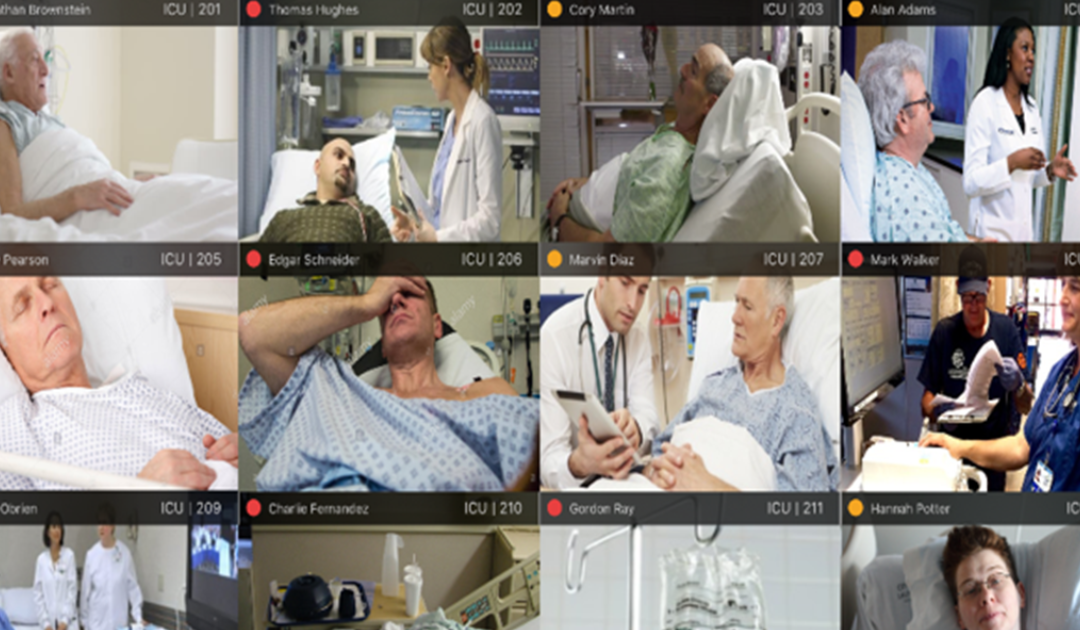
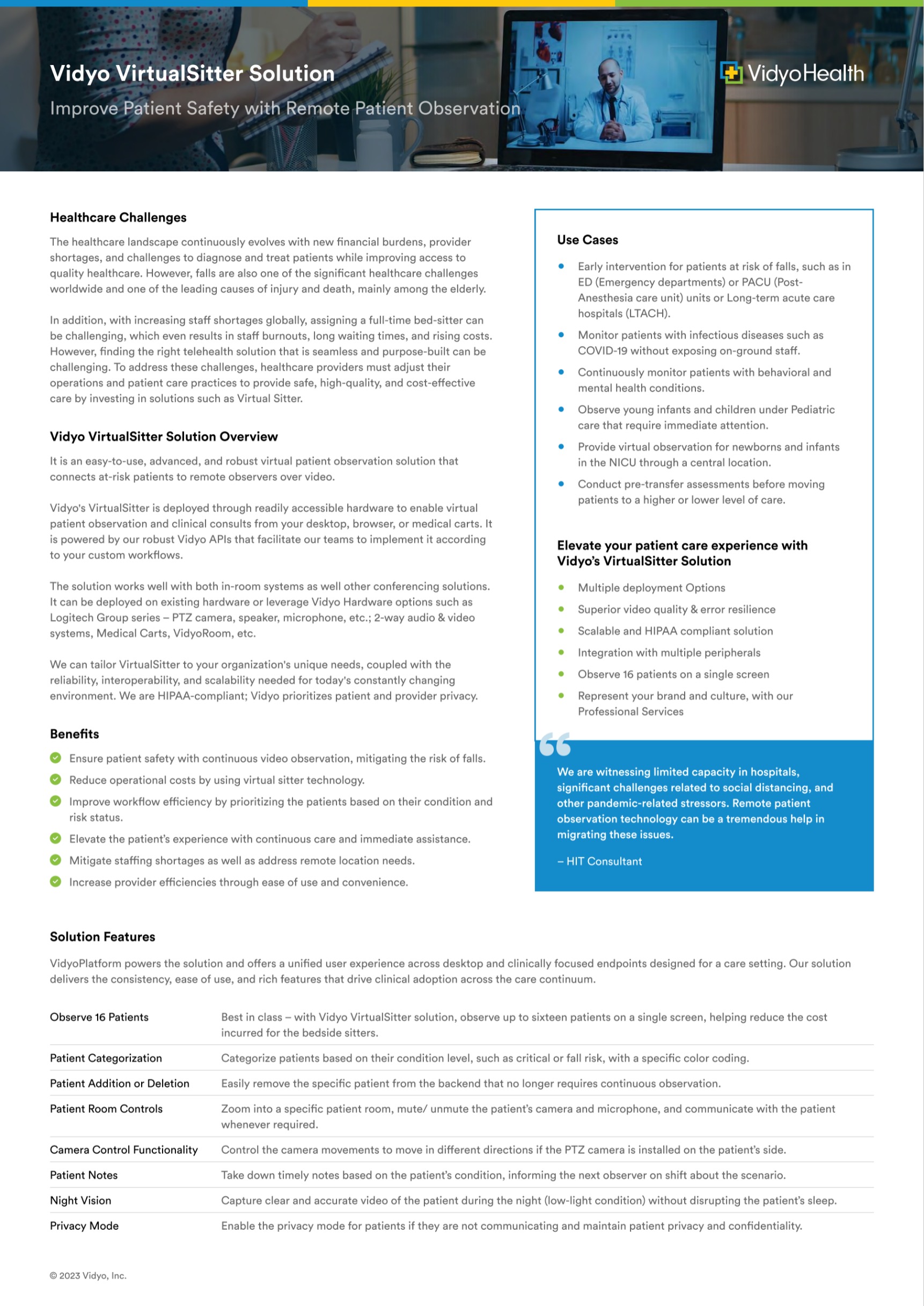
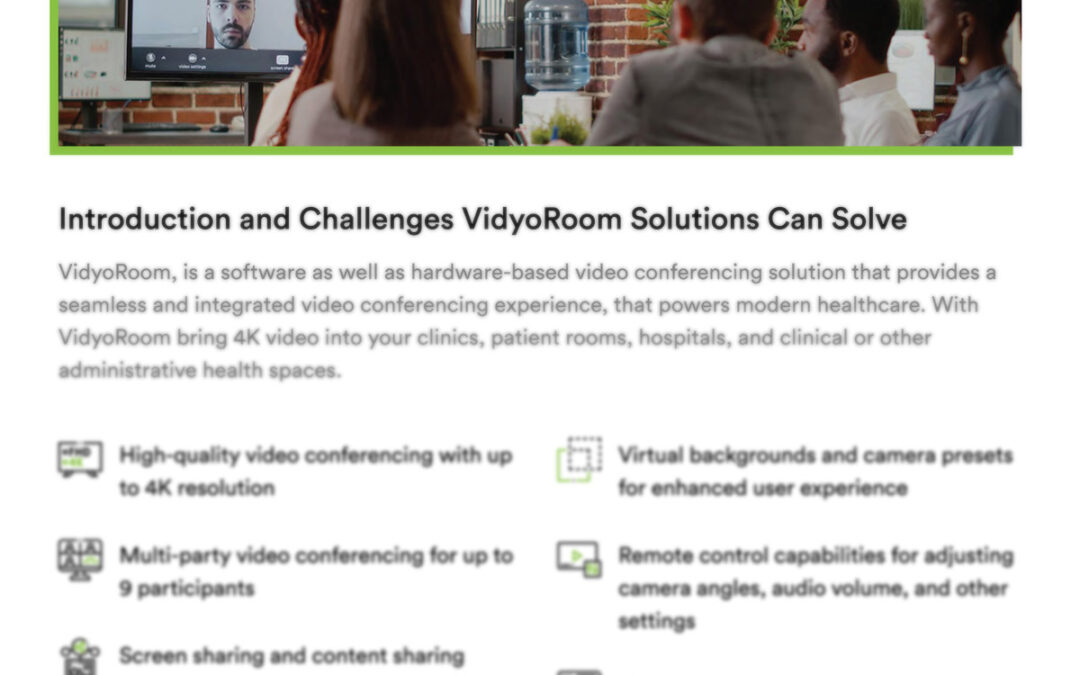
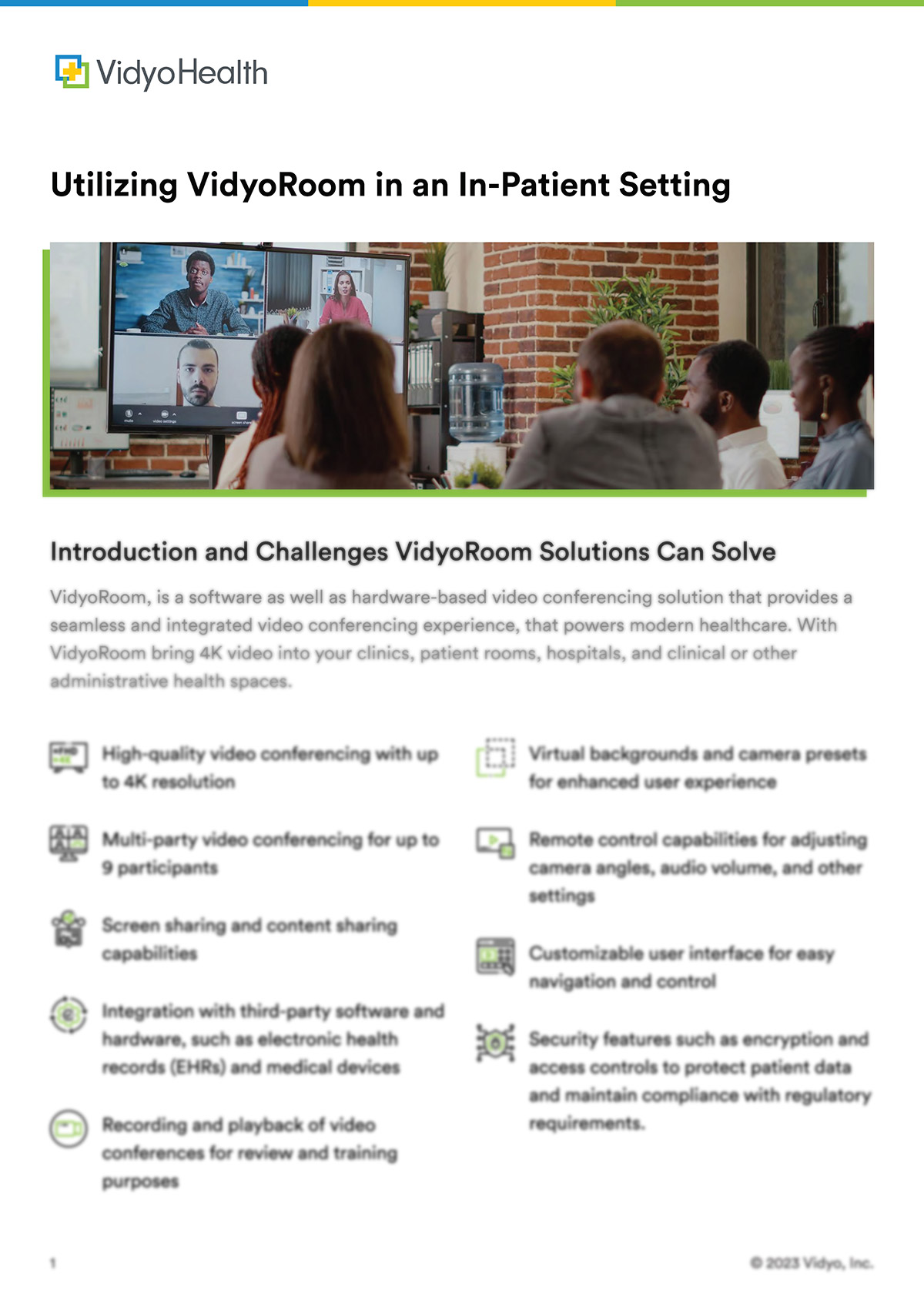
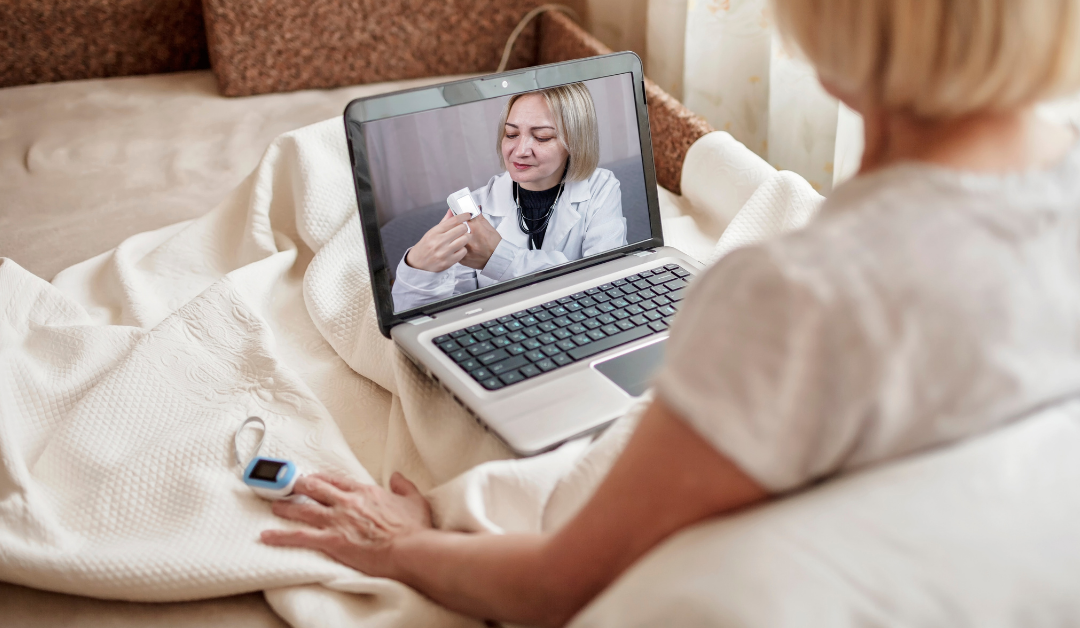
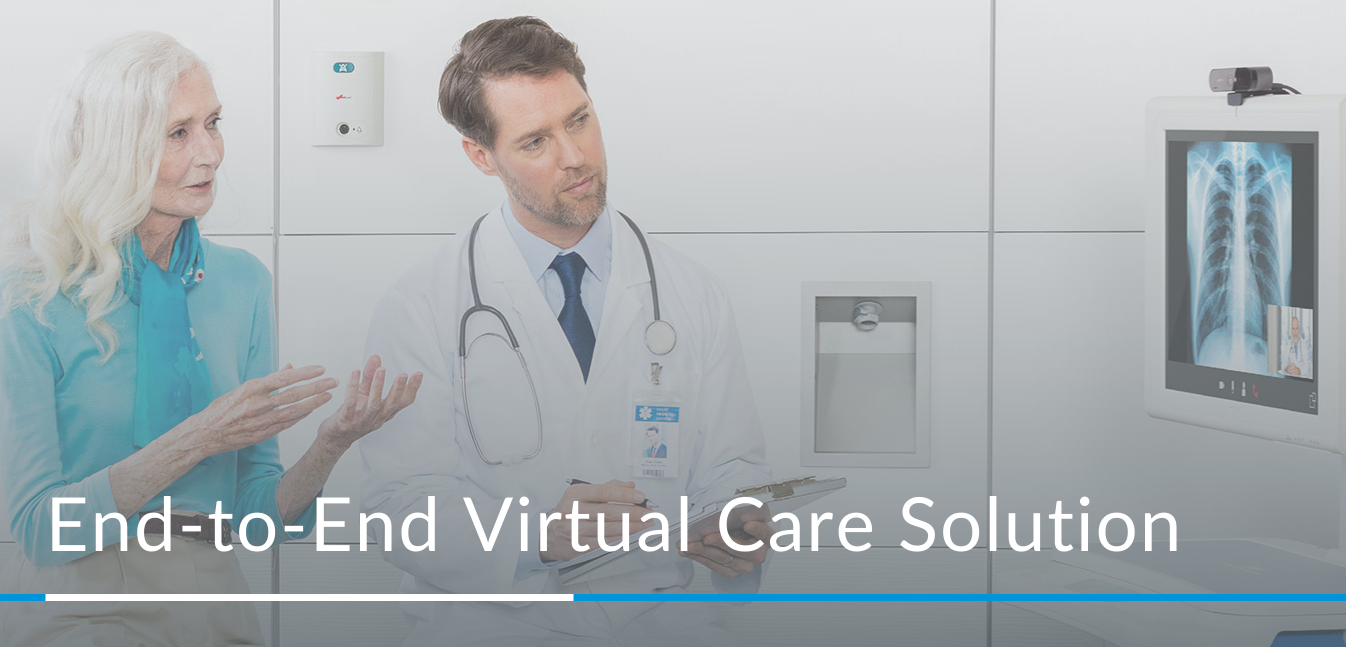
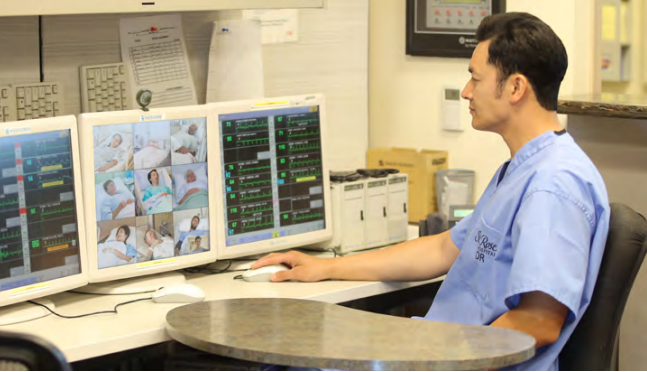
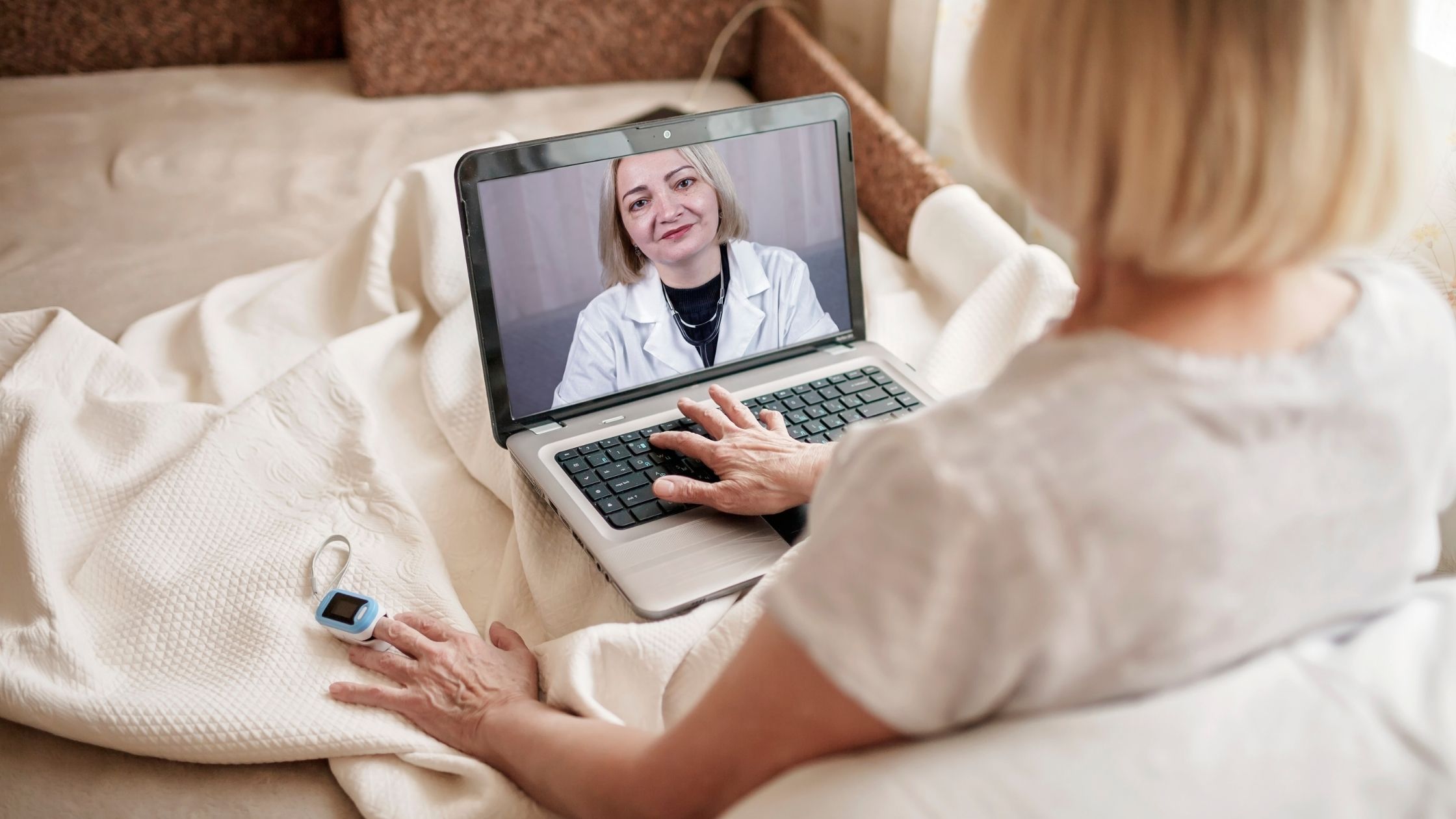
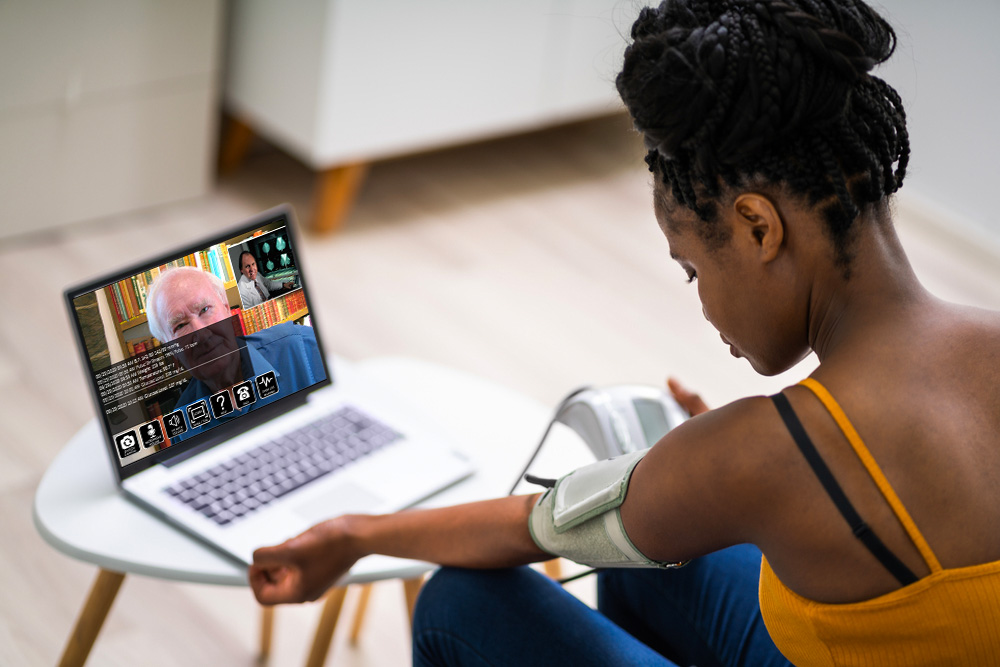
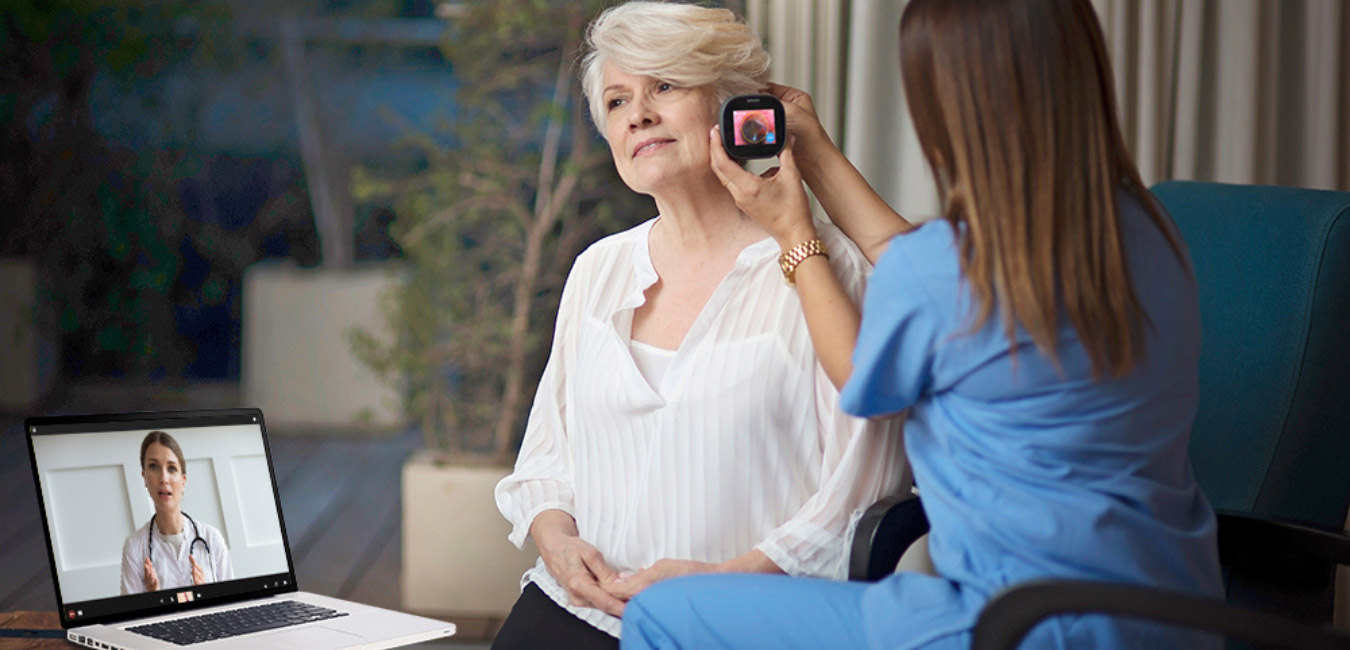


Recent Comments